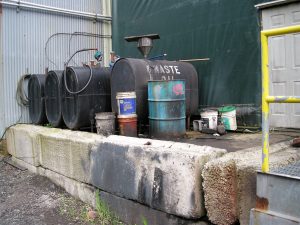
COMPLIANCE ALERT. As of February 14, 2024, American Society of Testing and Materials (ASTM) E1527-21 “Standard Practice for Environmental Site Assessments: Phase I Environmental Site Assessment Process” (Phase I ESA) is the industry standard for conducting All Appropriate Inquiry (AAI). After this date, previous version ASTM E1527-13 will no longer provide innocent purchaser protections. The updates and changes in E1527-21 relative to E1527-13 are described below.
The new version, E1527-21, was approved by ASTM International in November 2021. The USEPA announced amendments to their AAI Rule to reference E1527-21 and requiring compliance with E1527-21 to satisfy AAI under the Comprehensive Environmental Response, Compensation and Liability Act (CERCLA). Here are a few key changes to look for in the 2021 standard.
- The shelf life (180 days) of a Phase I ESA is not based on the report date, but rather it starts at the earliest component completed (i.e. interviews, lien search, review of environmental databases and regulatory files, site visit, etc).
- Emerging contaminants are not included in the updated standard since they are not listed as RCRA hazardous substances. EPA has previously proposed a rule to designate perfluorooctanoic acid (PFOA) and perfluorooctanesulfonic acid (PFOS) as hazardous substances under CERCLA. This year, they announced this step for nine individual PFAS. Until the rule is adopted and PFAS are added to the hazardous substances list, the Environmental Professional may choose to include review of emerging contaminants as a non-scope consideration similar to asbestos, lead-based paint and radon. It should be noted that combination Phase I ESA/Preliminary Assessment Reports (NJ) must include the evaluation of emerging contaminants to satisfy regulations at the state level.
- The ASTM committee prepared a flow chart to help the Environmental Professional more easily and consistently determine whether a condition should be considered a recognized environmental condition (REC), a controlled recognized environmental condition (CREC), a historical recognized environmental condition (HREC) or a de minimis condition. Examples for each are included in the Standard.
.
